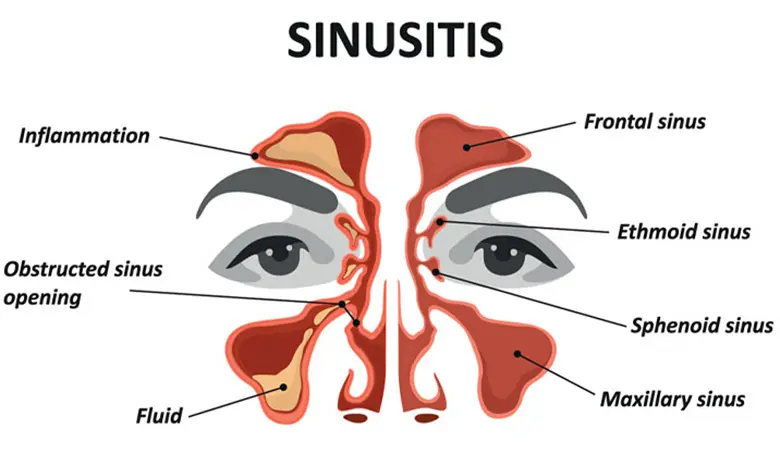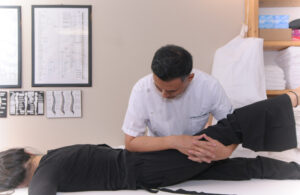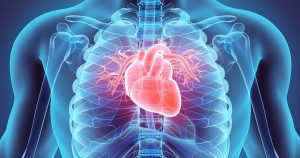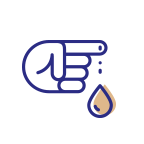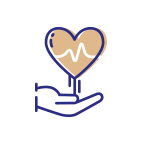How is breathing affected by chronic conditions?
Breathing is the essence of life. Chronic conditions that may affect breathing include: asthma, long-haul COVID, COPD, infection (pneumonia), bronchitis, and sinusitis.
The lymphatic system is essential in protecting you from infection and keeping a healthy balance of fluids throughout your body. If your lymphatic system isn’t draining, you are accumulating toxins and waste products, from cellular metabolism.
The more you accumulate toxins/waste products, the more inflammation you are also going to have. The more inflammation you have the more likely chronic disease will set in.
How can manual therapy help?
Manual therapy is a tool to boost your immunity; encouraging lymphatic drainage in order to change how your body functions and self-heals. Although the lymphatic system is spread throughout your entire body, some areas are more dense in these tissues than others. Your manual therapist will target these anatomical structures to achieve this:
Rib-Cage
The rib cage is the structural shield of the lungs with the flexibility to make space for each inhale and elastic ability to recoil during each exhale. Surrounding the rib cage is an abundant network of lymph nodes, specifically in the axillary area. The manual therapist will ensure the ribs are in their proper position in relation to the spine and sternum. Secondly, the mobility of each rib articulation will be restored. Finally, the vitality of each structure will be harmonized, synchronizing each rhythmic breath. When the ribs move, lymphatic fluid moves.
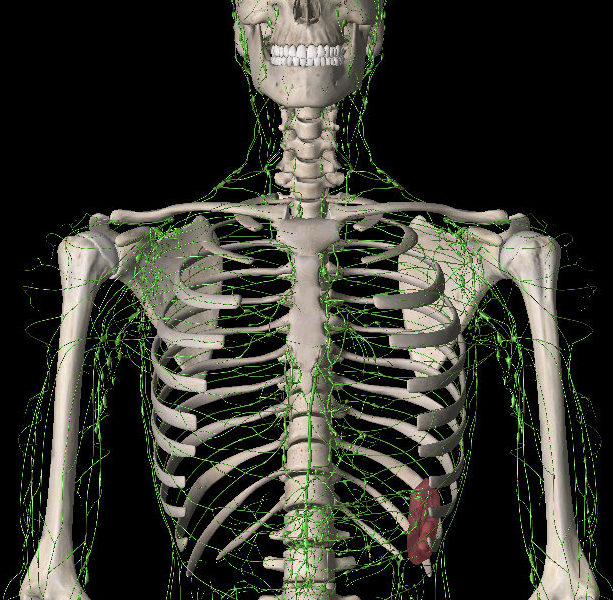
Cranium
The cranium is the protective structure of the brain and autonomic nervous system. These contents govern the automatic function of breathing (ANS – Autonomic Nervous System) . Joint compression, muscle tension, and rigid cranial bones can impact this function. A manual therapist will ensure the cranial bones are in their optimal position, adaptable in mobility to absorb forces, and optimal motility to pump cerebrospinal fluid throughout the body. When the ANS is free, breathing is easy.

Facial bones
The facial bones are the structures that cover the sinuses. Once again, the position and mobility of each of the facial bones must be assessed and treated to encourage health in the sinuses. Available at Integrated Bodywork, gua sha facial is an excellent therapy to reduce facial muscle, move stagnant fluids in the sinuses, and promote blood flow for healing. In turn, you will feel more liberated to breathe through your nose. Nasal breathing can help filter out dust and allergens, boost your oxygen uptake, and humidify the air you breathe in. Osteopathically, nasal breathing is also connected to “cleaning” the brain by stimulating the glymphathic system (the lymphatic system in the cranium). When your sinuses are open, air flow is easy.
